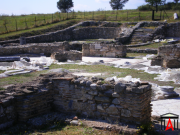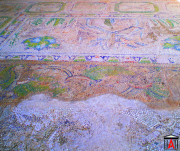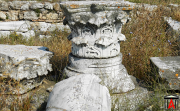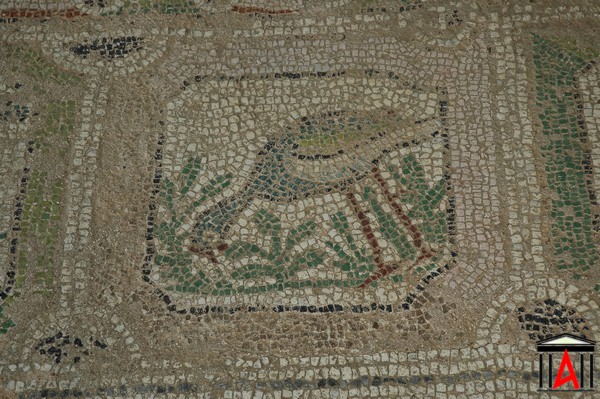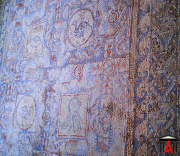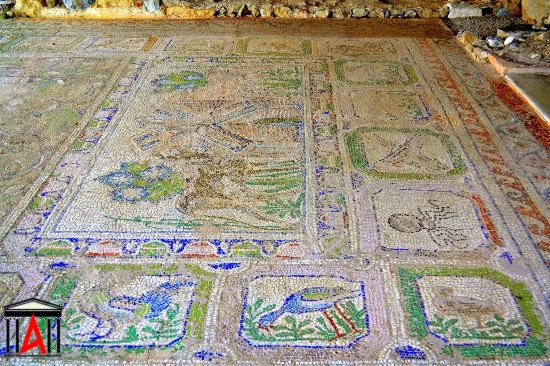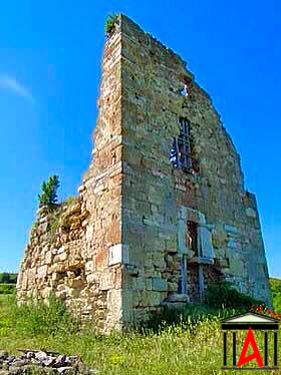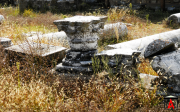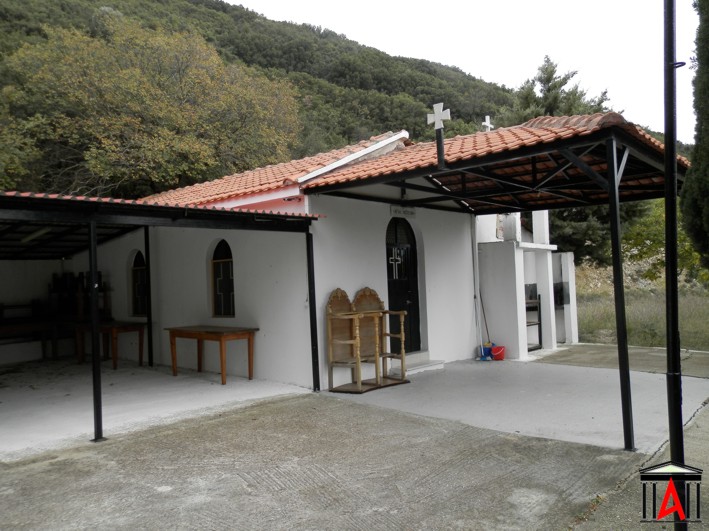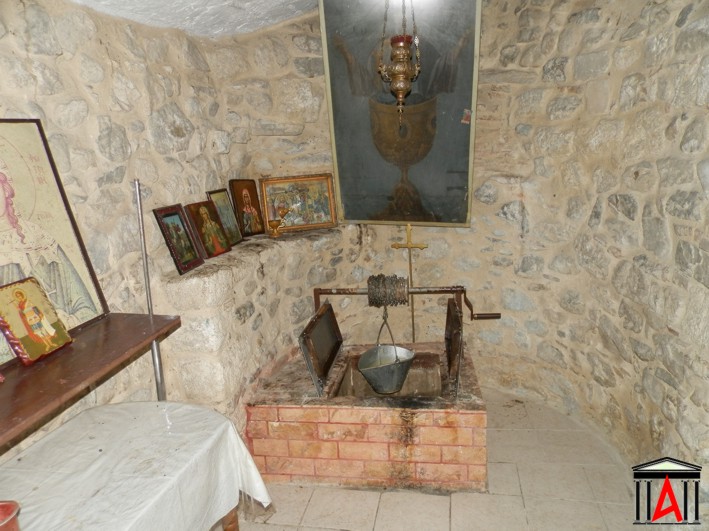AMFIPOLIS BYZANTINE MONUMENTS
- On the South side of the wall of the Acropolis there are the five most remarkable monuments of the early period of Amphipolis. Four basilicas (1ST, II, III, IV), and a perikentros Temple, enrolled in a circle, the hexagon (V). O Byzantine character of ancient Amphipolis is viewed and from Byzantine towers, they dominate in the region, as he in the North of the city. Dates back to the 14th century a.d. and surrounded by fortified precinct and is built with ancient material.
THE BYZANTINES TOWERS OF CHANDAKA AND MARMARIOY
- Marmari Tower
Tower that dominates the road to Serres, shortly after the bridge of Amphipolis and onto the Struma. - History
The tower was built in the year of marmari 1367 as epigraph, as a recently fitted in the building today in the Museum of Amphipolis.
The tower is located on a Hill between the Strymon and modern Amphipolis, over the archaeological site of Amphipolis.
Owner/owners were the brothers John officials Constantinopolitans Grand Primicerius and Alexios I Megas Stratopedarchis , land owners in the area and essentially feudal lords Christoypolis and Thassos. Given a little later (certainly before the 1384) by John, Pantokratoros monastery of Mount Athos. - Construction, Architectural, Defensive Items
Maintain a floor covered and only one wall of the second floor.
Feature of the tower is built almost entirely of ancient material, fact that testifies to the multitude of ancient architectural members in ancient Amphipolis.
Presents remarkable similarity with the almost contemporary of Tower of Marist (1374). - Candia TowerThe Tower of Candia is built on the banks of the Strymon, North of Amphipolis.
Located opposite the Tower of marmari, Once 800 meters away of the. Both were defensive and storage towers and controlled the voyages of the Strymon and the road to the Serres.
Number of debris as well as large parts of the walls of the whole are strewn around the. Also distinguished in places the proteichismapoy surrounded him.
Accurate data on the creation and the us of no, but probably it was built in the 14th century or earlier.(12th-13th century.). Located in the area where there was the Byzantine village of Candia, which refers to number of 14th century documents athwnikwn (1318-1378), especially on the occasion of the controversy of Zwgrafinwn and of Chelandarinwn monks for watermills in the area. At that time it was owned by the monastery of Zografou.
…









